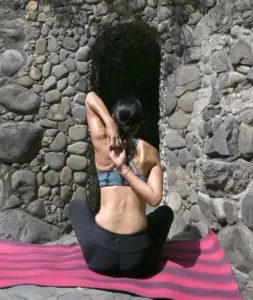
Mindfulness for children is a playful and engaging practice that combines physical postures, breathing exercises, and mindful activities. It helps children build body awareness, develop motor skills, manage stress, and enhance their overall sense of well-being.
Benefits of Mindfulness for Children:
Considerations before Starting:
Mindful Poses for Children:
Breathing Exercises for Children:
Mindful Activity for Children:
Summary with Tips:
By introducing children to mindfulness through playful and mindful-based practices, you can help them cultivate a lifelong appreciation for health and wellness. Adapt the program to suit their ages and interests, fostering a positive relationship with movement and relaxation from an early age.

GoInwards is an IRS 501(c)(3) Non-Governmental Organization (NGO), chartered to advance wellness through integrative health related awareness, prevention, intervention, and resilience-based educational programs.
FEIN 90-0609802